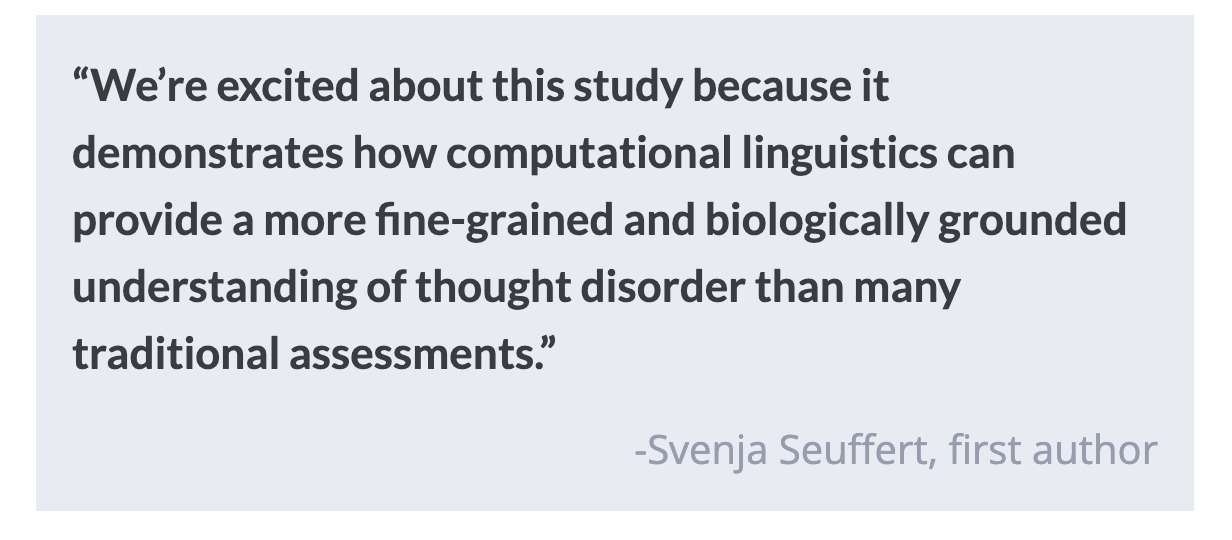How Are Cognitive And Physical Endurance Linked?
Post by Amanda Engstrom
The takeaway
Engaging in cognitive tasks during physical activity makes exercise feel harder. Individuals with stronger cognitive abilities are less affected by this mental “cost,” suggesting that cognition and endurance capacity are closely linked.
What's the science?
The combination of physical activity and cognitive tasks (such as navigation and working memory), known as cognitive-motor dual tasks, may play a critical role in the evolution of human foraging strategies and sustaining goal-oriented physical effort. In ancestral environments, humans had to perform dual functions for hunting and foraging, which likely shaped the evolution of human cognition. Prior work has shown that cognitive demands during short-duration movement can compete with locomotor resources and reduce physical endurance. This negative association has been attributed to the increased perception of physical effort and mental fatigue; however, this has not been directly tested. This week in PNAS, Aslan and colleagues conduct a randomized trial to elucidate how cognitive demands influence long-term endurance and fatigability.
How did they do it?
The experiment included thirty healthy individuals ages 18-53 (17 females, 13 males). Participants completed two endurance walking sessions at roughly 65% of their estimated maximum heart rate. One exercise session was done while simultaneously performing various executive function tasks (Exercise + Cognition; E+C), and the other was walking alone (Exercise alone; EA). During each session, the authors measured the participants' perceived effort using the Borg Rating of Perceived Exertion (RPE) scale and their perception of fatigability, which is the change in the participants' perception of effort. The authors also tracked the participants' oxygen consumption and carbon dioxide production to estimate the energetic cost of exercise and their respiratory exchange rate. Finally, to test whether higher cognitive function might buffer the negative effects of dual tasking on endurance, the authors evaluated participants’ cognitive performance before any physical activity, focusing on skills relevant to foraging success, like executive function, visuospatial abilities, and memory.
What did they find?
Perceived effort was significantly greater during the E+C condition compared to EA. Six participants chose to stop early from exercise in the E+C condition, compared with only one participant stopping early in both conditions.
This supports the idea that cognitive-motor dual tasks increase perceived effort during endurance activities. However, perceived fatigability—the rate of change in perceived effort—did not differ between conditions. The physical expenditure of participants, measured by net metabolic power and overall respiratory exchange rate, was significantly lower during the E+C condition compared to EA. Interestingly, participants had a greater respiratory exchange rate initially in the E+C condition compared to EA, but the values converged as the trial went on. This indicates that early in the E+C condition, participants utilized a greater proportion of carbohydrates as fuel than in the EA condition, but this proportion declined at a slightly more rapid rate over the duration of the E+C condition. In both the E+C and EA conditions, participants with better delayed memory had lower perceived effort. Additionally, participants with lower visuospatial ability and figure recall scores had a larger increase in perceived effort from the E+C to EA conditions compared to participants with higher scores on these tests.
What's the impact?
This study demonstrates a bidirectional relationship between aerobic endurance and cognitive function. Dual tasking appears to reduce endurance by increasing the overall perception of effort. The findings also show that the subjective feeling of effort does not necessarily track actual physiological cost. Overall, this study provides a framework for understanding how cognition can both constrain and support goal-oriented physical activity from an evolutionary standpoint as well as for modern training practices.




